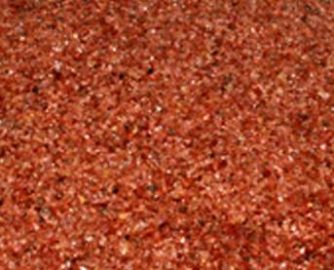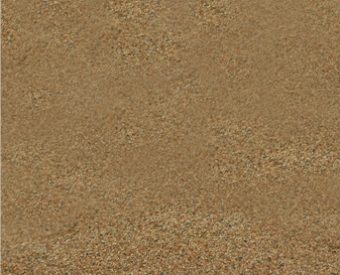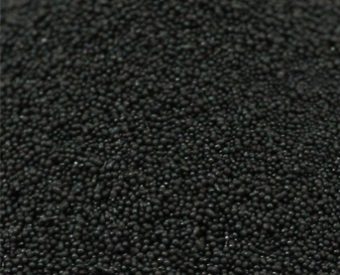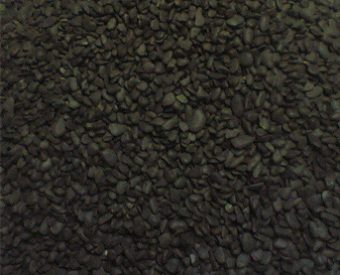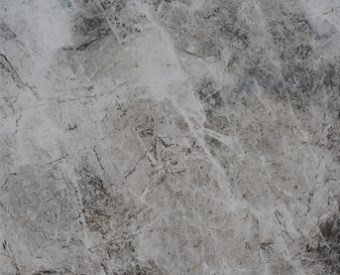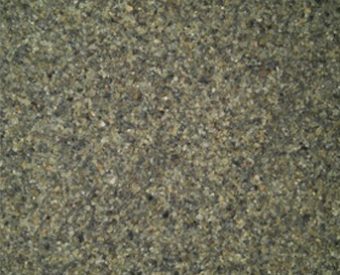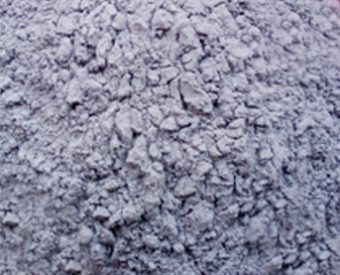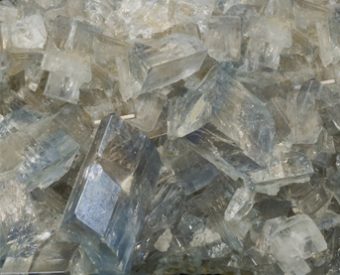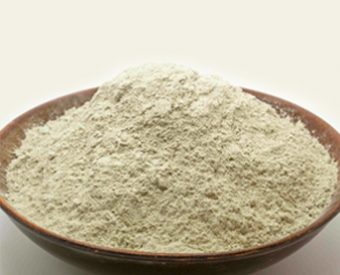Fly ash is a coal combustion product that is composed of the particulates (fine particles of fuel) that are driven out of coal-fired boilers together with the flue gases. Ash that falls to the bottom of the boiler is called bottom ash. In modern coal-fired power plants, fly ash is generally captured by electrostatic precipitators or other particle filtration equipment before the flue gases reach the chimneys. Together with bottom ash removed from the bottom of the boiler, it is known as coal ash. Depending upon the source and makeup of the coal being burned, the components of fly ash vary considerably, but all fly ash includes substantial amounts of silicon dioxide (SiO2) (both amorphous and crystalline), aluminium oxide (Al2O3) and calcium oxide (CaO).
Class F Fly Ash
The burning of harder, older anthracite and bituminous coal typically produces Class F fly ash. This fly ash is pozzolanic in nature, and contains less than 7% lime (CaO). Possessing pozzolanic properties, the glassy silica and alumina of Class F fly ash requires a cementing agent, such as Portland cement, quicklime, or hydrated lime-mixed with water to react and produce cementitious compounds. Alternatively, adding a chemical activator such as sodium silicate (water glass) to a Class F ash can form a geopolymer.
Class C Fly Ash
Fly ash produced from the burning of younger lignite or sub-bituminous coal, in addition to having pozzolanic properties, also has some self-cementing properties. In the presence of water, Class C fly ash hardens and gets stronger over time. Class C fly ash generally contains more than 20% lime (CaO). Unlike Class F, self-cementing Class C fly ash does not require an activator. Alkali and sulfate (SO4) contents are generally higher in Class C fly ashes.
FLYASH APPLICATIONS
- Fly ash can be used as prime material in blocks, paving or bricks; however, one of the most important applications is PCC pavement. PCC pavements use a large amount of concrete and substituting fly ash provides significant economic benefits. Fly ash has also been used for paving roads and as embankment and mine fill.
- Fly ash can be a cost-effective substitute for Portland cement in some markets. In addition, fly ash could be recognized as an environmentally friendly product because it is a byproduct and has low embodied energy. It is also available in two colors, and coloring agents can be added at the job site. In addition, fly ash also requires less water than Portland cement and it is easier to use in cold weather.
- Currently, more than 50 percent of the concrete placed in the U.S. contains fly ash. Dosage rates vary depending on the type of fly ash and its reactivity level. Typically, Class F fly ash is used at dosages of 15 to 25 percent by mass of cementitious material, and Class C fly ash at 15 to 40 percent.
- Class F fly ash, with particles covered in a kind of melted glass, greatly reduces the risk of expansion due to sulfate attack as may occur in fertilized soils or near coastal areas. Class F is generally low-calcium fly ashes with carbon contents less than 5 percent but sometimes as high as 10 percent. Class C fly ash is also resistant to expansion from chemical attack, has a higher percentage of calcium oxide, and is more commonly used for structural concrete. Class C fly ash is typically composed of high-calcium fly ashes with carbon content less than 2 percent.


